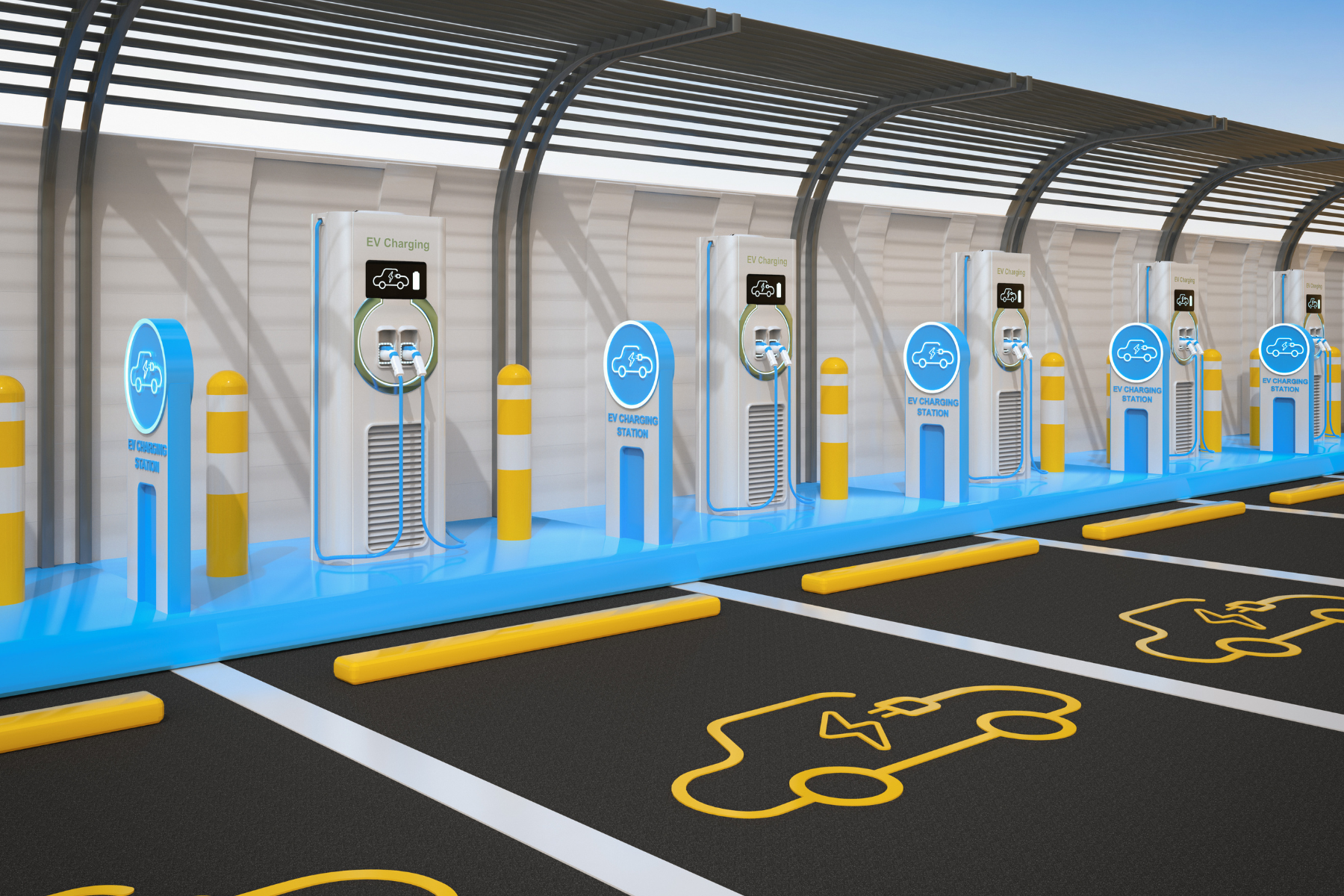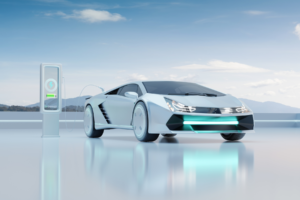BOOMING MARKET
The UK’s electric vehicle (EV) market seems to be going great guns. According to Zap-Map, the EV charging point locator, at the end of January this year there were 680,000 battery electric vehicles (BEVs) on our roads, plus an additional 455,000 plug-in hybrids (PHEVs). According to a government source, these numbers are expected to increase exponentially and it’s predicted that by 2030 there could be as many as 11 million registered EVs in the country representing about 33% of all vehicles in Britain.
IN NEED OF A CHARGE
A booming market is fantastic news for EV manufacturers and retailers but there’s one small hitch. Just like conventional cars need to be fuelled with petrol or diesel, EVs need their batteries charged. This isn’t a problem when you’re charging at home. The challenge is charging your EV when on a long journey. Now there are only 37,851 charging devices with 62,332 connectors or charging points spread across the country. This represents a 31% year-on-year increase. But are these sufficient for the UK’s over one million RVs? Are the industry and the government doing enough to accommodate the expected demand for EVs? Let’s dig a little deeper…
CHRISTMAS CHARGING CHAOS
Instead of feasting on turkey, eating mince pies and watching sub-par TV, many Tesla owners were stuck in queues, waiting to charge their EVs. Some only had to wait for an hour but according to Metro, several were queueing for almost six hours. Besides the long wait, drivers need to factor in the time taken to charge their vehicles – anywhere between 15 minutes and 12 hours depending on the model and the charge needed. Some drivers described the scenes at charging stations as ‘bedlam’ and one driver at Westmorland in Northwest England posted on a forum:
“Two-hour 30-minute wait for a charge. Worst journey as a Tesla driver. Queue now 40 deep.”
If this represents the situation for just over a million EVs, imagine the potential chaos when there are 11 million to recharge.
THE ROAD TO NET ZERO
The UK government has mandated the ban of all new petrol- and diesel-powered vehicles from 2030. The sale of hybrids will follow suit in 2035. While you will still be able to buy second-hand conventional vehicles and PHEVs, those wanting a new car will have no option other than to buy a BEV out of the box. The enforcement of these bans is part of the government’s legal target to cut greenhouse gases to net zero by 2050.
WHAT IS THE GOVERNMENT DOING?
The UK government has pledged £1.6 billion to its Electric Vehicle Infrastructure Strategy, anticipating a rampant future need for BEVs. There are two major funding schemes attached to this strategy:
- £450 million Local EV Infrastructure (LEVI) Fund designed to help local authorities leverage private sector investment in their charging networks.
- £950 million Rapid Charging Fund focuses on the provision of fast charging points for motorways and A-roads.
The Rapid Charging Fund is a long-term scheme with the immediate target is to place at least 6 ultra-fast charge points in every motorway service area in England by the end of this year. The DfT has also set a target of the installation of 300,000 charging points by 2030 with the Rapid Charging Fund forking out most of the funding. However, some estimates predict that we will need an extra 661,000 charge points by 2035.
IF YOU CAN’T BEAT THEM
“If you can’t beat ’em, join ’em” is the motto that many oil conglomerates and other companies have adopted regarding the provision of public chargers, particularly in the United States. ChargePoint leads the way there, followed by ABB, BP and Shell. Back home, ubitricity operates the most public charging devices in the UK. In second place is Pod Point, followed by bp pulse with a 7.3% share of the network market. Last month, the Electric Vehicle Smart Charging Action Plan, a collaboration between the UK government and Ofgem, was published. The report states that the UK is a leader in smart charging, with a growing number of charge point manufacturers, operators, and other supporting businesses. In itself, Ofgem has a critical role in regulating the construction, operation and expansion of the network infrastructure of public chargers.
AND WHAT ABOUT THE AUTOMOTIVE INDUSTRY?
It seems like the UK government, energy companies and Ofgem are doing their bit electric-vehicle-smart-charging-action-plan.pdf what about EV manufacturers? At the moment, only Tesla has a proportion of the UK charging point network market share – a total of 1,804 points with a share of 4.8%. You already know that EV sales are soaring, increasing by 76% last year. The size of the charging infrastructure only increased by a third. Alex Smith, the MD of Volkswagen Group UK, believes that so-called charging anxiety could hold back the mass adoption of BEVs. He says:
“The key thing now is to ensure that the charging infrastructure not just increases to meet the current demand but accelerates to overtake the current demand. We’ve got to get the charging infrastructure ahead of the game to enable us to progress from the quite specific adoption that we have at the moment into mass adoption. And we’re not there yet.”
David Bailey, a Professor of Business Economics at the University of Birmingham, believes the UK government needs to take responsibility for developing and funding the vehicle charging network and told The Guardian:
“We need fast chargers on main routes, we need destination chargers, we need on-street [schemes] for installing chargers at home. We need a really holistic approach. We’ve not had that from the government. The government isn’t going to do it all, but leadership is about trying to get a variety of different actors to move in the same direction and harnessing not only central government, but also local government and private sector investment to make this happen. Really, they have not done enough.”
At the end of the ay, though, should the UK fail to provide sufficient chargers by 2030, people may resort to buying more second-hand vehicles, putting the dream of net zero out of reach. And the automotive industry may end up being the biggest loser.






